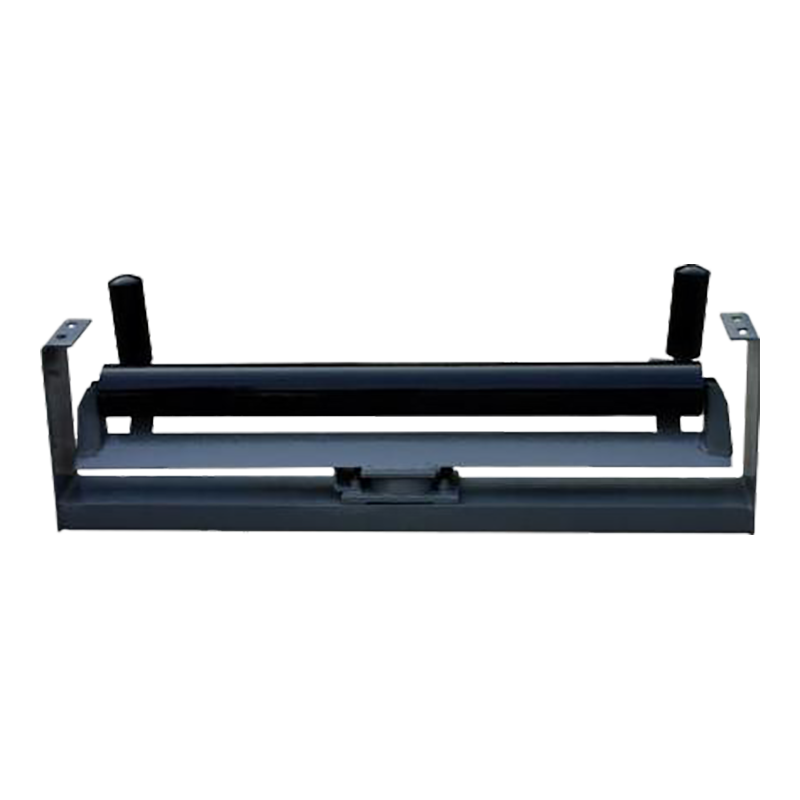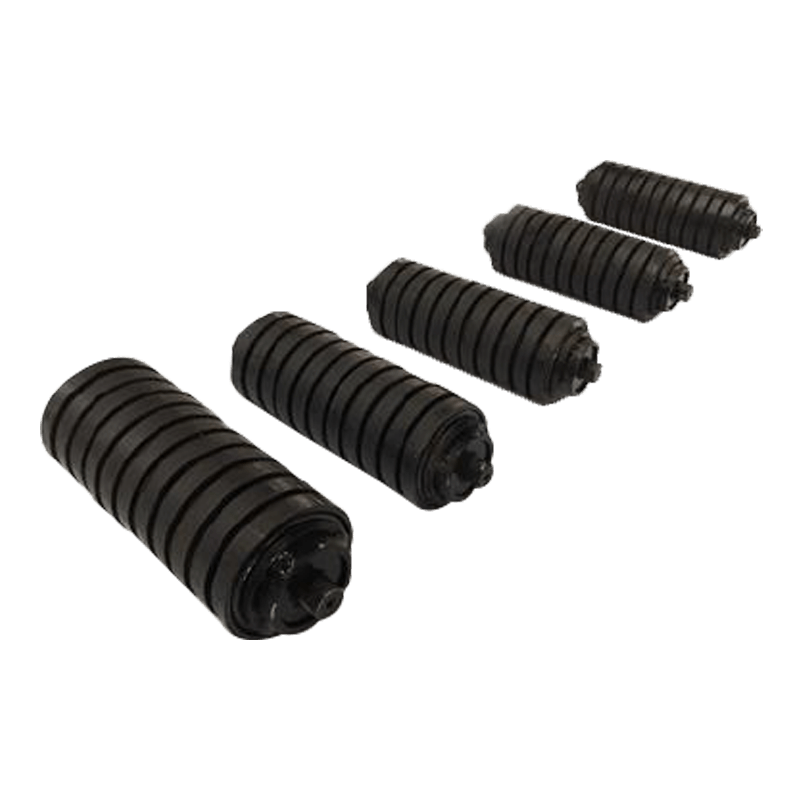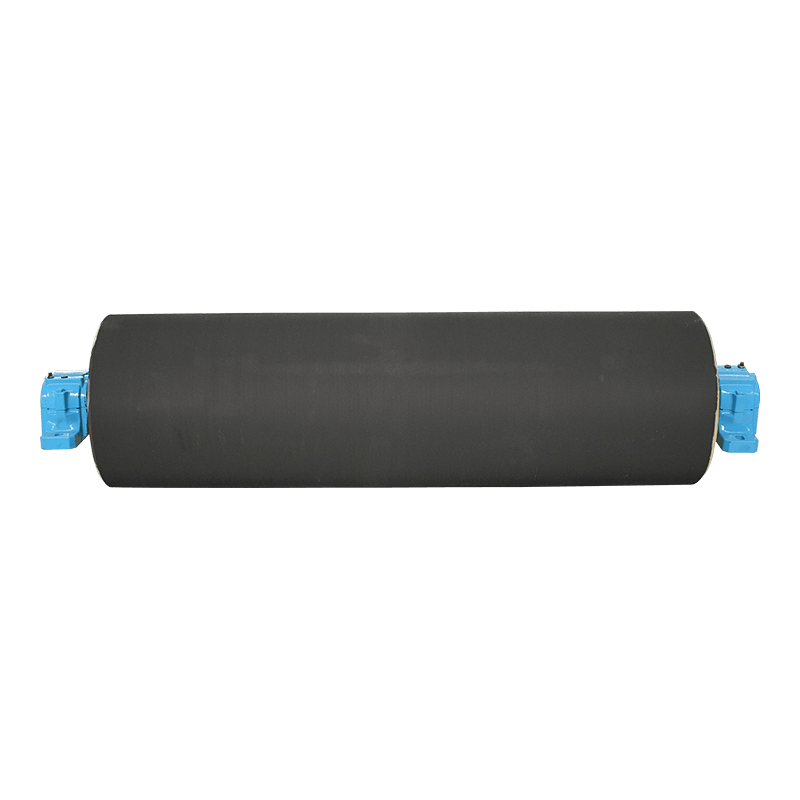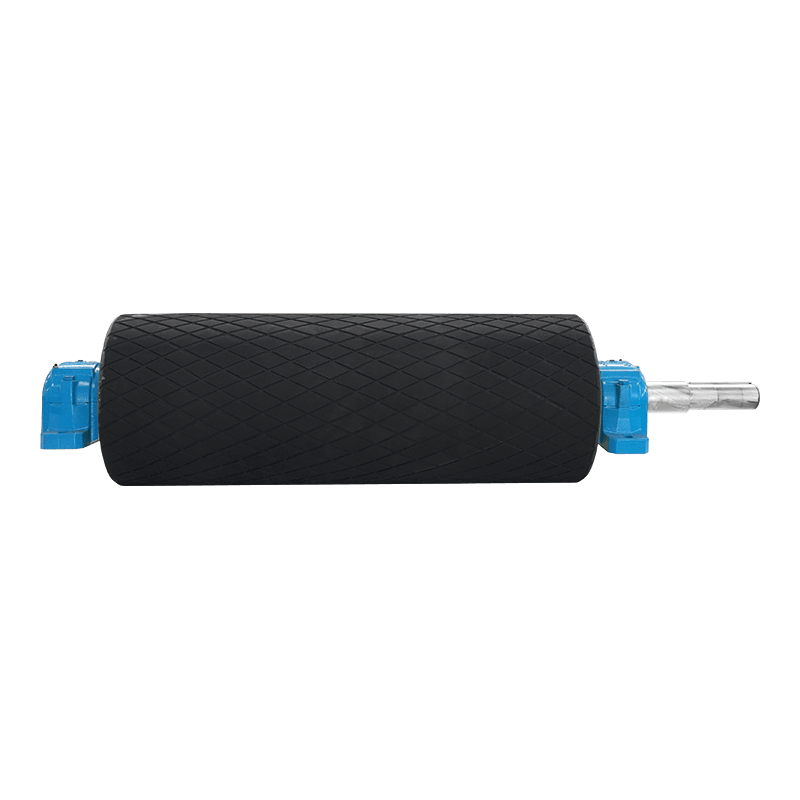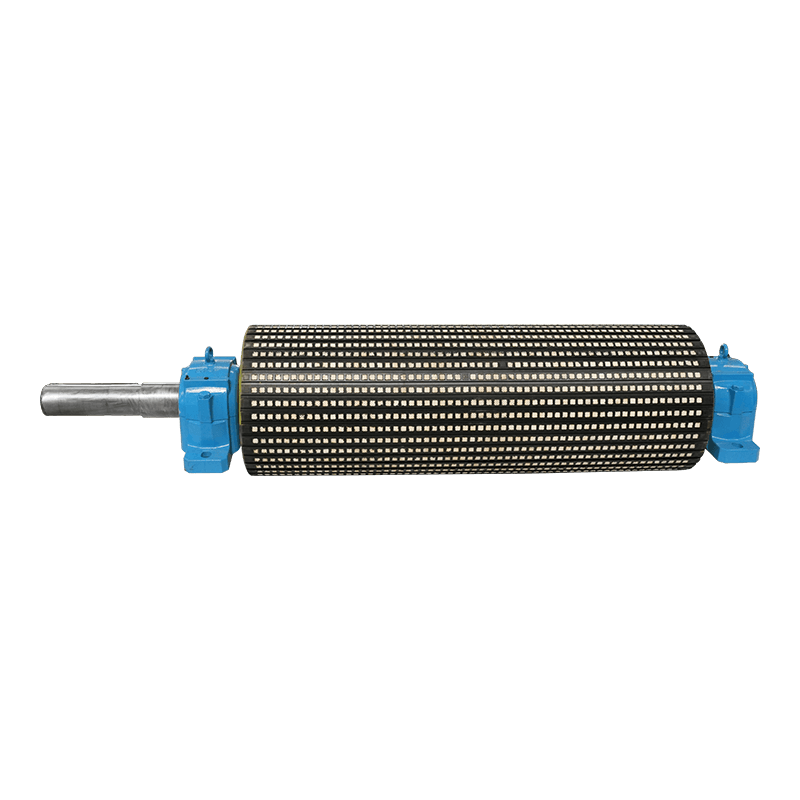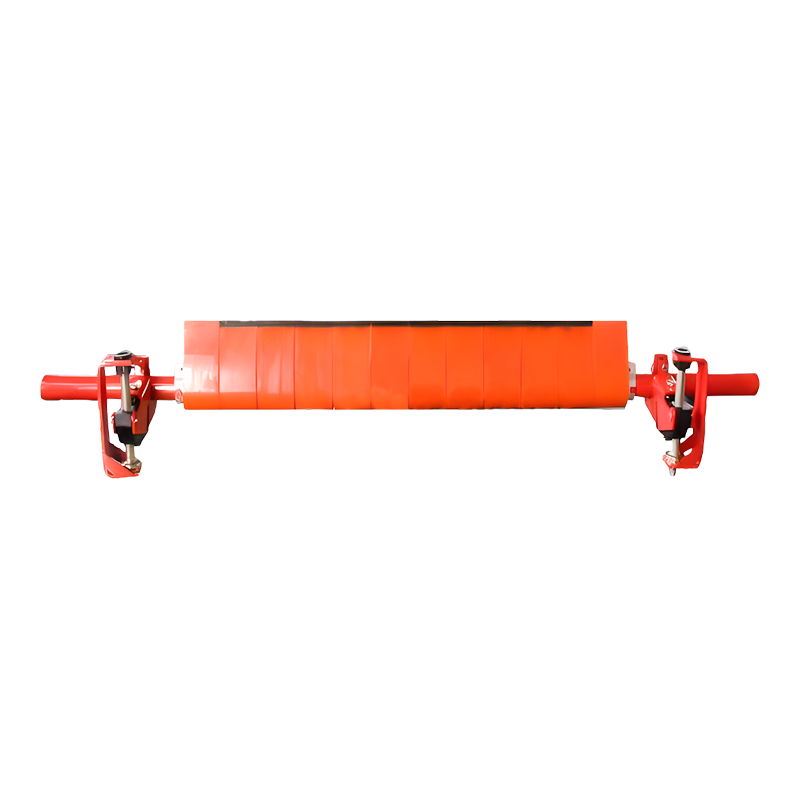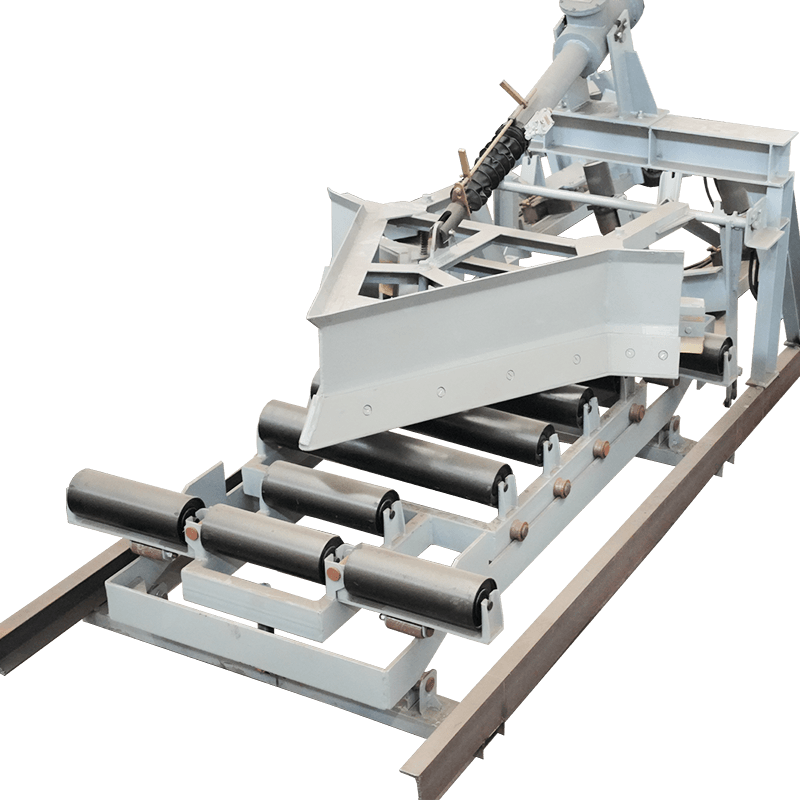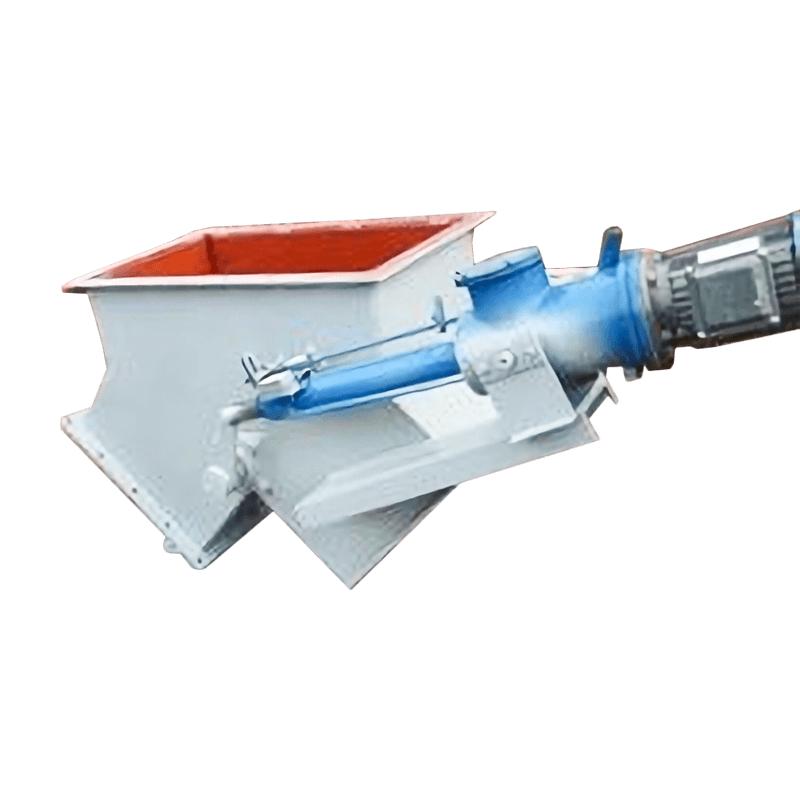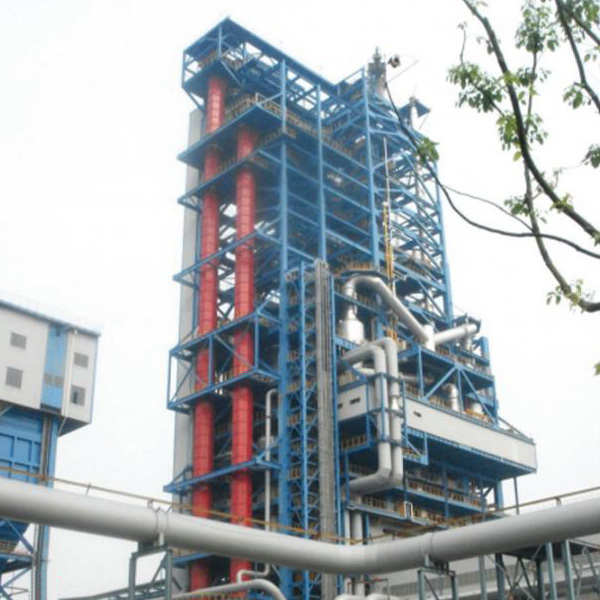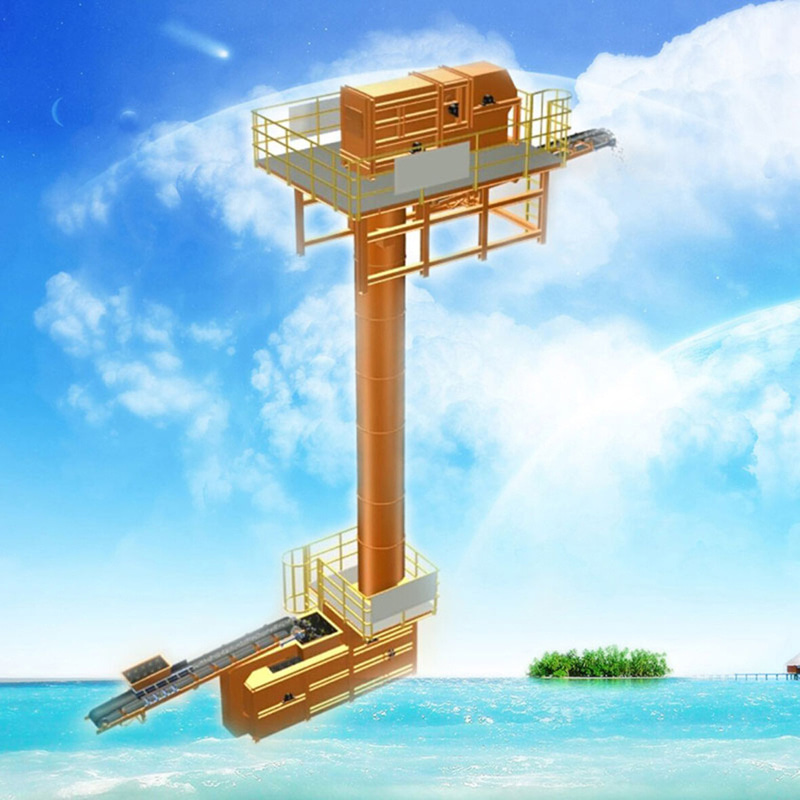 Home / News / Industry News / What are the consequences of over-tensioning or under-tensioning a conveyor belt?
Home / News / Industry News / What are the consequences of over-tensioning or under-tensioning a conveyor belt? What are the consequences of over-tensioning or under-tensioning a conveyor belt?
 2025.03.05
2025.03.05
 Industry News
Industry News
A conveyor belt tensioning device is a critical component in any conveyor system, ensuring that the belt maintains the correct level of tension to function efficiently. Proper tensioning is essential for smooth operation, preventing belt slippage, reducing wear and tear, and maintaining productivity. However, when a conveyor belt is either over-tensioned or under-tensioned, it can lead to serious consequences that impact the system’s performance, longevity, and safety. Understanding these consequences is crucial for maintaining an efficient and reliable conveyor system.
When a conveyor belt is over-tensioned, excessive force is applied to the belt and its components, leading to several potential problems. One of the most immediate concerns is excessive wear and tear on the belt itself. Over time, the increased stress can cause the belt material to stretch beyond its design limits, leading to premature cracking, fraying, or even complete belt failure. In addition to damaging the belt, excessive tension puts unnecessary strain on pulleys, rollers, bearings, and other mechanical components of the conveyor system. This can result in misalignment, bearing failures, or even structural damage to the conveyor frame.
Another critical issue caused by over-tensioning is reduced energy efficiency. A conveyor belt that is too tight creates excessive friction, which requires more power to drive the system. This increases operational costs due to higher energy consumption and can lead to overheating of motors and drive components. Over time, continuous overloading of the drive motor can cause it to burn out, leading to costly repairs and unplanned downtime.
In extreme cases, over-tensioning can also compromise safety in the workplace. If the belt is excessively tight, it may snap under pressure, creating a hazardous situation where broken belt sections or flying debris could cause injury to workers nearby. Additionally, the added pressure on system components increases the likelihood of unexpected mechanical failures, which can be dangerous in industrial environments.
On the other hand, under-tensioning a conveyor belt presents a different set of challenges that can also lead to operational inefficiencies and system failures. One of the most common problems associated with insufficient tension is belt slippage. When a belt is too loose, it does not maintain proper contact with the drive pulley, leading to inconsistent movement and loss of traction. This can result in decreased productivity, as materials may not be transported efficiently through the system.
Another major issue with under-tensioning is belt misalignment. A loose belt is more likely to wander off track, causing it to shift laterally or fold over itself. This can lead to material spillage, product contamination, and increased downtime as workers must constantly readjust the belt to keep operations running smoothly. In some cases, misalignment can also lead to serious damage, such as belt edge fraying or premature wear on the conveyor structure.
Under-tensioning can also cause excessive vibrations and create an unstable operating environment. A loose belt tends to bounce and oscillate during operation, leading to increased mechanical stress on idlers and pulleys. Over time, this can result in component failures, requiring frequent maintenance and increasing overall system costs.
Both over-tensioning and under-tensioning can significantly shorten the lifespan of a conveyor belt and its associated components. Therefore, a properly adjusted conveyor belt tensioning device is essential for optimizing performance and preventing unnecessary wear and tear. Regular inspections and routine adjustments help ensure that the belt maintains the ideal level of tension for efficient and reliable operation.
Recommended Products
Product
Contact Info.
Copyright © 2024 Jiangyin Huadong Machinery Co., Ltd. All rights reserved.

 English
English  русский
русский Español
Español
